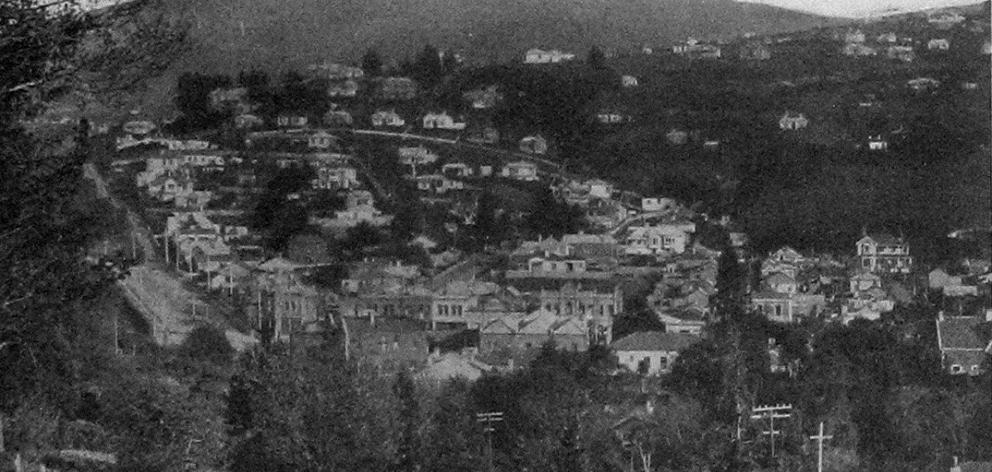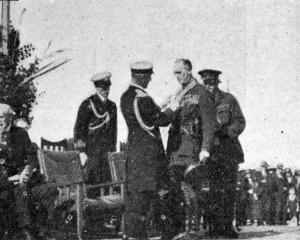
In an outline of his scheme Dr Douglas entered an eloquent plea for the oak as the most suitable memorial tree. He instanced the Magna Charta oak as an example of the desired longevity, and said that while experts were unanimous in declaring it the hardiest of trees, and thus suitable for such a public enterprise, sentiment decreed that the oak should stand in memory of the hearts of oak they wished to honour. The first miles along all main roads from the Oamaru Post Office would be marked by clumps of oaks, each dedicated to a town soldier, and thus within reach of city relatives. Each tree would be strongly railed in, the inscription plate, of fixed design in all cases, to be affixed to the outer rail.
Te Wake falls to flu
Among the many victims of influenza at Hokianga was a prominent Native named Heremaia te Wake, who had reached the age of 80 years. In the early days of settlement in New Zealand Te Wake and his tribe had a land dispute with the members of an adjoining tribe, and as a result of an affray between the parties one of Te Wake’s opponents was killed. Subsequently Te Wake was persuaded to go to Auckland, where he was placed in gaol. As he had been led to believe that he was to receive a free pardon for his part in the disturbance, Te Wake considered his incarceration a breach of faith on the part of the authorities. He therefore planned an escape, and with two other prisoners managed to scale the gaol wall and get away. His companions were both wounded and captured by the warders, but Te Wake made good his escape and finally reached Hokianga, where he remained for the rest of his days. He was actually pardoned in 1874. He wielded a good influence among the Natives, and he was highly respected by both Natives and Europeans.
Enthusiasm for the sea
There has been no difficulty, states the Marine Department report, in getting boys for training for the sea on the Amokura — in fact, a number have had to wait a good while for vacancies on board. The department has had to appeal for some of the instructors who were called up for military service, owing to it being found impossible to get other qualified and suitable men. In each case the Military Service Board adjourned the appeal indefinitely. Employment for the boys in other vessels has been found on their completing their training. During the year the vessel visited the outlying islands to search for castaways but none was found. The necessary material and appliances for a wireless equipment for the vessel has been obtained, and it will shortly be installed.
Stewart Island kakas
One of the sights for tourists visiting Stewart Island this year will be the kakas which have come down into the woods round the bays and inlets of the island in droves (states the Southland News). Never in the history of the oldest inhabitants, native or pakeha, have the birds been so plentiful or so venturesome. Stewart Island is a sanctuary for native game. — ODT, 16.12.1918.
• COPIES OF PICTURE AVAILABLE FROM ODT FRONT OFFICE, LOWER STUART ST, OR WWW.OTAGOIMAGES.CO.NZ












